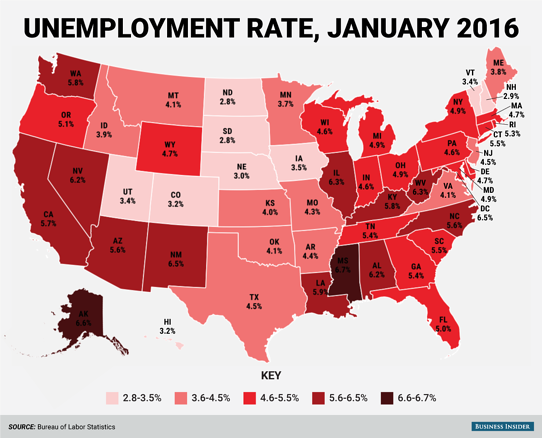Per the Bureau of Labor and Statistics, unemployment rates have dropped to an all-time low, 4.9 percent, for the first time since 2008. Based on this data, we can anticipate the pressure to compete for top talent to grow in coming years. Coincidentally, industry estimates predict as high as 75 percent of company employees are open to hearing about new positions or are considering leaving their present positions. This makes it an even more difficult task for the recruiting organization. The movement of employees and need to fill newly created positions requires a proactive strategy that is aligned with business goals.

But why?
- Every position that remains unfilled and the extended length of time it takes to onboard new employees directly impacts revenue earnings across all segments of an organization.
- Time to fill and cost per hire will always continue to be important benchmarks, however, development of a clear talent acquisition, data-driven and technology strategy is no longer an option in meeting workforce planning strategies.
- Companies that do not execute strategies that increase recruiter performance based metrics are doomed to hire those candidates that are not hired by more aggressive competitors vying for the same resources.
This doesnt come as a new idea, but for years industry analysts have discussed transforming the corporate talent acquisition and recruiting organization from a passive, pray and wait mentality to a moreaggressive talent acquisition strategy. The dependence on external recruiters (staffing agencies) to fill internal positions is not going to go away, but in order to compete for these prized future employees, it requires the in-house recruiting team establish and possess the core competency of recruiting as not just another responsibility within HR, but as a professional, single-minded, focused strategic differentiator.
With the onslaught of access to information at the fingertips of the talent acquisition team their ability to effectively mine and filter large volumes of data (resumes) requires a professional recruiter that has the proven experience to recruit top-tier talent and understands the job description in order to create searches that produce the best results using internal ATS and networking sites like LinkedIn.

With the growing number of talent management systems (HRIS / ATS), recruiting tools, access to online candidate centric information, the move of our society to permission based from interruption based marketing, increased usage of mobile technologies, the need for positive candidate experiencing, etc., more than ever in the past recruiting organizations need to be focused 100 percent on recruiting and trained as professional recruiters.
To increase the quality of hire and reduce the time it takes to fill each position the recruiting organization must establish repeatable processes with professional sourcing, recruiting and talent acquisition capabilities that allow internal teams to perform equally if not better than working with outside external recruiters to fuel their growth strategies.
The business case and justification for developing a Center of Excellence (CoE) for in-house do it yourself recruiting aligns with the business goals of every CEO and should be an HR strategy to win in the war for talent. HR is tasked with many responsibilities that fall under their umbrella and recruiting can no longer be relegated as a part-time job that HR must perform.